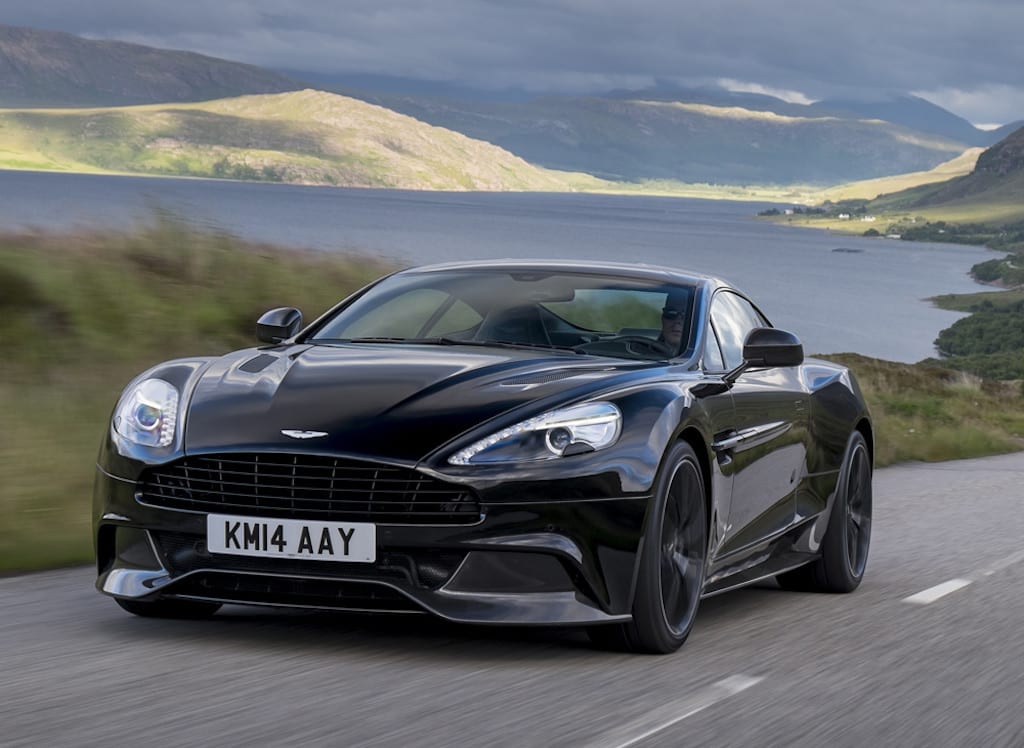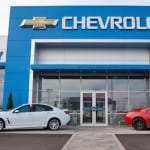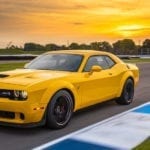For every Ford and Dodge, there’s a Pagani and Lotus. Some brand of cars just demand the spotlight, and their companies record-sales means they could flood television, radio, and billboards will advertisements for their newest vehicle. Some companies, unfortunately, don’t have that same privilege. It’s a fact of life: some brands will receive mainstream popularity, and some won’t.
What contributed to the lack of popularity for some of these companies? Well part of it could be attributed to crippling financial difficulties, which plagued all of the companies you’ll read about in a moment. The stigma that accompanies these brands is unfair, as many of them have recovered nicely in the last decade or so. Still, they often remain forgotten.
So whether you see a Maserati in New York or an Aston Martin in Florida, remember that these vehicles are still on the road, and the companies are doing better than ever…
Maserati
Maserati hasn’t had much luck throughout their 100-plus year history. Their production was halted during World War II, and they weren’t able to keep up with the rival Porsche. The fact that the company changed hands multiple times didn’t help the company’s cause, and the Citroën acquisition almost resulted in the demise of the brand.
As the 1973 oil crisis hit the country, sports cars that required lots of fuel dropped in popularity. Following a 1974 year that saw only 150 units sold (compared to 360 in 1973), Citroën went bankrupt and subsequently liquidated Maserati. Alejandro De Tomaso, an industrialist and former racecar driver, ultimately saved the company, but even he sold off his majority share in 1993 to Fiat.
While rival Ferrari’s 50-percent purchase of the company in 1997 would be a presumed recipe for disaster, Maserati was actually on the road to recovery. The vehicle reentered the US market in 2002, and by 2007, the company was making a profit for the first time since the early 1990s. The popularity culminated in 2014, when Maserati sold a personal-record 3,000 cars.
The sales were justified, as each of the company’s four models received excellent reviews. The base-model Ghibli, coming in around $69,800, produced some great power from it’s 3.0-liter twin-turbo V6 engine. Reaching a top speed of 16 mph and a 0-60 mph time of 5.5 seconds, the 345-horsepower vehicle put up some impressive specs despite only being the “base.”
The most expensive of the Maserati’s, the GranTurismo Convertible MC Centennial Edition, produces some unbelievable numbers via the 4.7-liter V8 engine: a 4.7-second 0-60 time, a top speed of 185 mph, and a maximum power output of 454 horsepower.
Despite the impressive cars and solid sales, Maserati still earned the second-lowest rank in overall brand perception from ConsumerReports.org. It’s apparent that many consumers still have the company’s previous difficulties in their head, but it’s about time that we embrace the company for what they currently are, not what they were.
Lotus
Introduced as a race car in the 1950s, the Lotus also struggled through financial difficulties. Releasing the Elite and Eclat models in the 1970s helped sales, but everything began souring during the recession of the 1980s, as production dropped from 1,200 per year to 383.
As the car company looked to once again establish themselves within the North American market, Lotus decided to create their own separate sales company in the United States. The result was Lotus Performance Cars Inc., and US sales brought the company back to relevancy.
The DeLorean Motor Company scandal again the company into a tailspin, as the Inland Revenue imposed an £84 million “protective assessment” of Lotus, investigating the large amounts of money that mysteriously disappeared during production of the DeLorean DMC-12 (which Lotus helped design). This resulted in the company once again tinkering on the brink of bankruptcy.
The company luckily got bailed out by David Wickins, the founder of British Car Auctions, who became Lotus’ new company chairman. The company was eventual sold to General Motors, who pawned off bits and pieces of the company to various businessmen.
Lotus is now owned by Malaysian corporation DRB-HICOM, and the company reported that sales were up 54% for the back half of 2014. Still, Lotus reportedly lost $259 million in the financial year ending on March, 31 2013, and they lost another $187 million in the previous year.
This would be a likely explanation for the lack of popularity, because it’s certainly shouldn’t be blamed on the car. The company still managed to produce some of the most impressive sports cars in the world. The base-model 2014 Evora runs for $69,965 (a bargain compared to some of it’s competitors), and the car peaks at 186 mph, can clock a 4.1-second 0-60 time, and provides 400 horsepower.
Aston Martin
The Aston Martin was known for luxury throughout the 1950s and 1960s, and it’s popularity peaked when it became James Bond’s primary ride in the movie Goldfinger. Thing’s weren’t always as good for the company, however.
Similar to the other brands on this list, Aston Martin had to endure a number of bankruptcy scares and sales to new owners. The company first went bankrupt in 1924, was purchased soon after, and went under against between 1925 and 1926. It was the same story in 1932, and the company’s decision to focus solely on road cars kept them afloat for some time.
Under the leadership of owner David Brown, the company generally saw positive results from 1947 to 1972. The 1970s weren’t as positive, as Aston Martin was sold once again in 1972, pawned off in 1975, and practically given away during the early 1980s. The Ford Motor Company’s purchase of Aston Martin in 1994 led to a decade-plus of success, and the company finally might see a return on their five-year, $843.57 million investment program from 2011.
This tumultuous history may lead people to think that the vehicle isn’t of top quality, which is not the case. Offering four different models, the base-model Vantage offers a V-12 engine that can produce 565 horsepower and 457 lb-ft of torque. The 0-60 time is only 3.9 seconds, and the $101,025 price tag indicates that the company invested some fancy equipment into the 2015 model.
It gets even more impressive from there. The Vanquish (known as the Ultimate Grand Tourer), hits a top speed of 201 mph, can reach 60 mph in only 3.6 seconds, and an incredible 568 horsepower. Unsurprisingly, the sports car will cost you around $300,000.
The companies mentioned above generally ran into some bad luck, like the oil crisis, World War II, and a pair of recessions. This resulted in bankruptcy, which subsequently meant the brand took a hit in popularity. While there’s certainly a group of consumers who recognize that these brands have recovered (evident by the sales), there’s still a large percentage who associate the vehicles with a bankrupt business.
As you’ve read, this isn’t fair to the companies, especially since they’re now producing some of the most innovative vehicles on the road. The next time you’re having an in-depth car conversation, bring up one of the vehicles you just read about. You can do your part in bringing these companies back to mainstream popularity.







